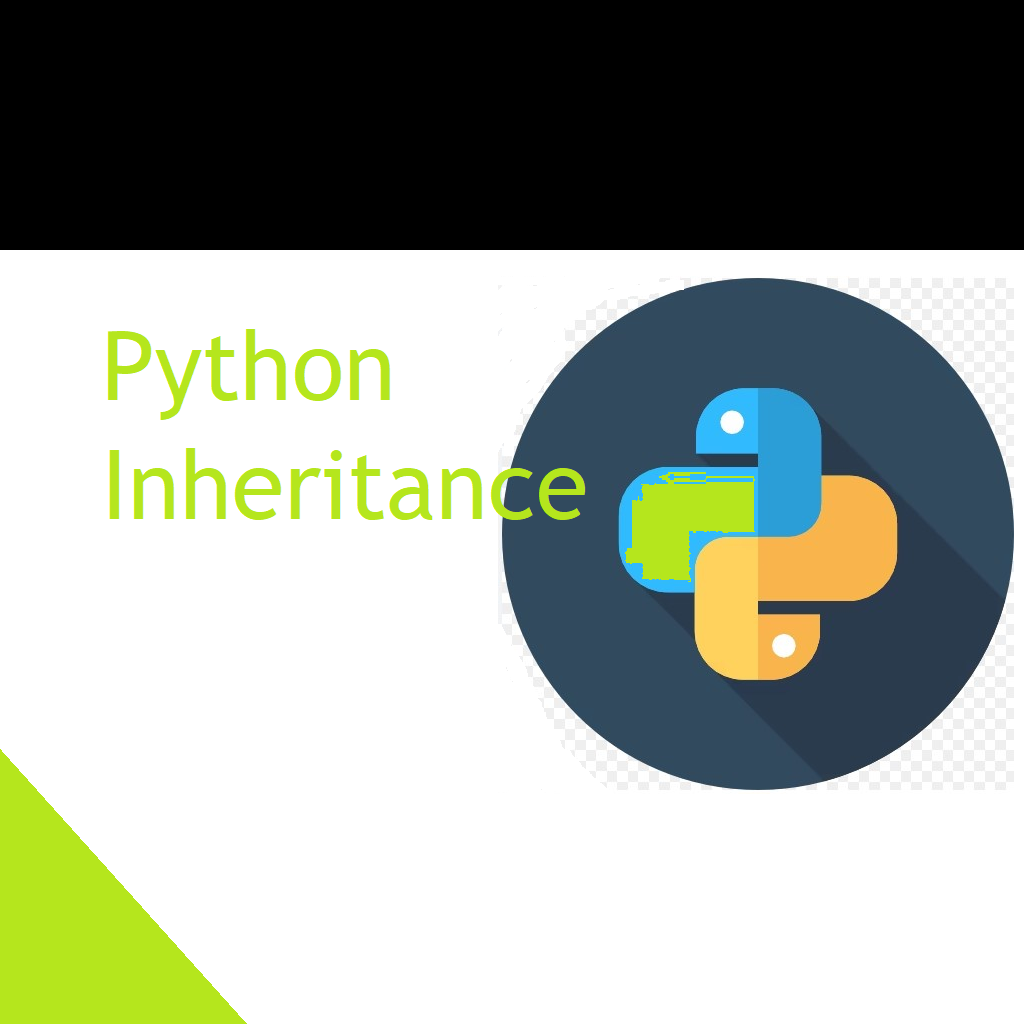In a survey conducted in late 2022 among more than 23,000 Python developers, Python 3 emerged as the overwhelmingly preferred version, despite a slight uptick in the usage of Python 2 compared to the previous year.
Python 2.0, although officially retired by the Python Software Foundation in 2020, remains relevant in some specific contexts. Its relevance is primarily due to legacy systems, maintenance of existing codebases, and the unique needs of certain industries. Here are some key reasons why Python 2.0 is still relevant in certain scenarios:
- Legacy Codebases: Many organizations and projects have extensive codebases developed in Python 2.0. Rewriting or migrating this code to Python 3 can be a time-consuming and costly endeavor. As a result, some opt to continue using Python 2 to maintain and support these legacy systems.
- Specialized Software: Some niche or industry-specific software and tools may still rely on Python 2.0. These applications, often developed by smaller teams, might not have received updates to migrate to Python 3 due to resource constraints.
- Embedded Systems: Python 2.0 might be found in embedded systems, IoT devices, or firmware where its small footprint and compatibility with older hardware make it a suitable choice. These systems often have constraints that limit the adoption of newer Python versions.
- Third-Party Libraries: In some cases, critical third-party libraries or dependencies may not have been updated to Python 3. Organizations or projects using these libraries might have no choice but to stick with Python 2 until suitable alternatives become available.
- Regulatory and Compliance Requirements: Industries with stringent regulatory and compliance requirements, such as healthcare and finance, often face challenges in upgrading to new technology. Python 2, with its proven stability, can still be a choice in these scenarios.
- Maintenance Mode: While Python 2 is no longer actively developed, some projects continue to receive security patches and maintenance from specialized providers or in-house teams. This allows organizations to mitigate security risks while still using Python 2.
- Cost Considerations: Transitioning to Python 3 can involve substantial costs, including rewriting code, retraining staff, and potential disruptions to operations. In cases where these costs outweigh the benefits, organizations may delay migration.
It’s important to note that using Python 2.0 in these contexts should be a temporary solution, and organizations should have a clear plan for eventual migration to a more current Python version. The security risks associated with Python 2’s end of life make its long-term use problematic. While Python 2 still has relevance, Python 3 remains the recommended and actively developed version, offering improved features, better performance, and ongoing community support.
The results of the sixth annual Python Developers Survey, jointly conducted by the Python Software Foundation and software tools provider JetBrains, were released on September 27, 2022. The report revealed that 93% of respondents had made the transition to Python 3, while only 7% were still utilizing Python 2.
However, in the 2021 survey, 95% of developers had embraced Python 3, with only 5% still relying on Python 2. The trend was similar in 2020, with Python 3 maintaining a 94% to 6% lead. Going back to 2017, 75% of respondents had shifted to Python 3, while 25% still clung to Python 2.
Python 3 was initially introduced in December 2008, and the most recent version, Python 3.12, was released during the survey period. The 2022 report noted that 29% of respondents continued to use Python 2 for data analysis, 24% employed Python 2 for computer graphics, and 23% relied on Python 2 for devops tasks. The survey also disclosed that 45% of respondents were still using Python 3.10, introduced two years prior, while only 2% were using Python 3.5 or earlier. Notably, Python 3.11 was launched on October 24, 2022, coinciding with the survey’s execution.
The survey drew participation from Python developers across more than 200 countries and regions and was conducted from October 14 to November 14, 2022. Some additional findings from the survey included:
- Python remained the primary programming language for 85% of the respondents.
- Prominent use cases for Python included web development, data analysis, and machine learning.
- The Python web framework landscape showed a close competition among Flask, Django, and FastAPI.
- 66% of Python developers reported using cloud platforms, marking an increase from 61% the previous year, with Amazon Web Services being the preferred choice.
- Microsoft’s Visual Studio Code and JetBrains’ PyCharm stood out as the most popular integrated development environments (IDEs) among respondents.
- A noteworthy 34% of survey participants had developed and packaged Python libraries for various applications.
These insights offer a comprehensive view of Python’s continued evolution and its pivotal role in diverse domains of software development and data analysis.
Curated Reads






Your point of view caught my eye and was very interesting. Thanks. I have a question for you.